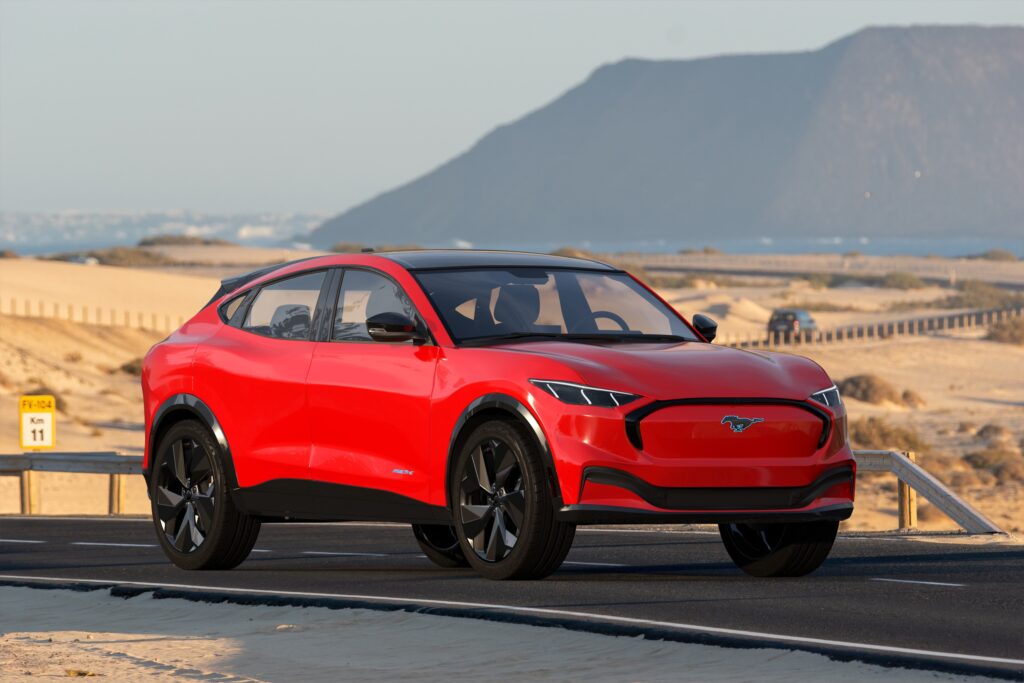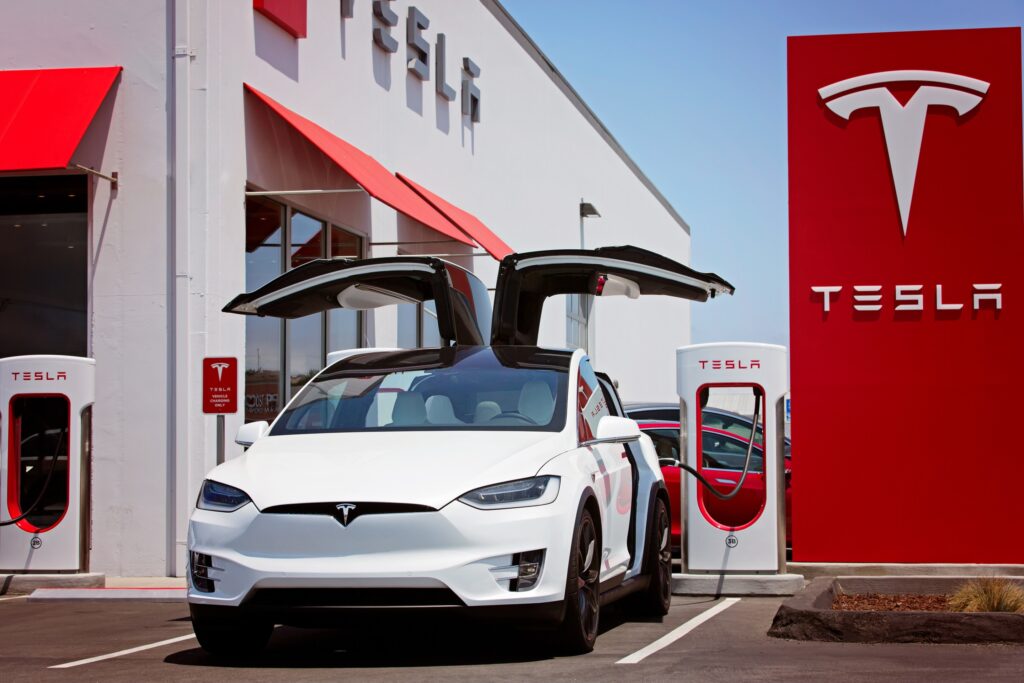As part of President Joe Biden’s efforts to reduce the U.S. greenhouse gas emissions, the U.S. Federal Government provides every qualified American up to a $7,500 tax rebate to buy an electric vehicle. Unfortunately, the process got complicated recently, and your first choice for an EV may not qualify for the EV tax credit. The rules are likely to change in two months, but that may not improve things. In the meantime, let’s examine the current EV tax credit situation.
Sorry, But Your First EV Choice may Not Qualify

Only EVs that have undergone final assembly in North America qualify for the new EV tax credit. And they must meet a cost requirement, which we’ll discuss in the next section. With the requirements ruling out many EVs from consideration, many prospective EV owners may have to consider second and third options.
So, what models are not eligible? The IRS has made a list of qualified clean vehicles. But it gets tricky when you find out that making the list does not equal automatic qualification for the tax credit.
It’s Really Confusing

An electric SUV, van, or truck must cost less than $80,000 to qualify for the tax credit, while other EVs must cost less than $50,000. Although the price cap seems straightforward, the complication comes when classifying an EV as a car or an SUV. The U.S. Treasury Department has confused everyone, including manufacturers, dealers, and consumers. For example, everyone except the folks at the IRS and Treasury agrees that the Cadillac Lyriq is an SUV.
General Motors wants U.S. Treasury to reconsider the classification because categorizing the Lyriq as a car puts it under the $55k price cap. The classification makes the EV ineligible for the tax credit since the Lyriq starts at about $10,000 more. Wait until you find out the Lyriq is included on the list of eligible cars. Confused much?
How confusing can it get? The Volkswagen ID.4 RWD is classified as a car, while the AWD version is considered an SUV. However, since the VW ID.4, starting below $40,000, is one of the most affordable EVs on the market today, it qualifies for the tax credit under both price caps. In a similar controversy, the 5-seater Tesla Model Y is classified as a car, while the 7-seater is classified as an SUV. The Ford Mustang Mach-E joins the Lyriq on the list of SUVs called cars. And with a $55k limit, only the lower-end trim levels of the EV qualify for the EV Tax credit.
According to the IRS, the definitions are based on the Electronic Code of Federal Regulations (eCFR) vehicle classification. Therefore, you need to visit the IRS website to know where your first EV choice falls and proceed to confirm that the MSRP is below the price cap.
How Generous Is the IRS?

The EV Tax credit price cap may seem generous, but EVs are generally expensive, with many electric cars starting over $55,000. Only a few affordable options, like the Nissan Leaf, Chevy Bolt, and the soon-to-be-released Fisker Pear, create a balance in the price of EVs. The high-cost expense means some of the EVs listed by the IRS are, in reality, too expensive to qualify.
So, if you’re looking to get a Tesla Model S Plaid or a Porsche Taycan, the IRS won’t offer you the credit. Also, the IRS has included some income limitations to rule out high earners, which includes a maximum of $150,000 for an individual, $225,000 for a head of household, and $300,000 for a household (gross income).
Credit Available For Used EVs and Leased EVs

For the first time ever, the IRS considered people purchasing used EVs. The credit in this segment is only up to $4,000, and the price cap is $25,000. Also, the income limitation reduces to $75,000 for an individual and $150,000 for a household. Other requirements include purchasing from a dealership (not an individual) and a model year of 2021 or earlier. Once again, the price cap poses a significant challenge as only a few used EVs cost less than $25,000.
Perhaps, the easiest way to get the credit is by leasing an EV, which cancels out some requirements. For example, leased vehicles have no price cap and don’t necessarily have to be made in the United States. There is no income limitation as well.
However, the leasing company, not you, gets the credit. While the leasing company is not obliged to pass the credit on to you, some of them are glad to pass along a discount.
The Rules are Changing Soon

Previously, EVs from Toyota, Tesla, and GM were ineligible for the credit because of a 200,000 vehicle cap. Today, the number of EV sales by an automaker does not influence the credit, making more EVs eligible.
The rules are bound to change in March when the IRS will issue more guidance. This time, we predict that fewer EVs will qualify. One of the reasons is that some of the listed vehicles may not meet the battery components sourcing requirements.
But the good news is most automakers are lobbying for changes to how the IRS classifies their EVs. Amongst them are Tesla and General Motors, whose popular EVs are heavily affected. Therefore, some ineligible EVs may qualify in the nearest future. But we don’t recommend waiting till then before purchasing an EV if your first choice qualifies for the credit today.
Want more good news? Getting the credit will become more accessible in 2024 as qualified dealerships can offer it as a point-of-sale rebate. When that happens, buyers won’t have to wait a year to claim the EV tax credit on their taxes since dealerships can knock off the $7,500 during the sale.
